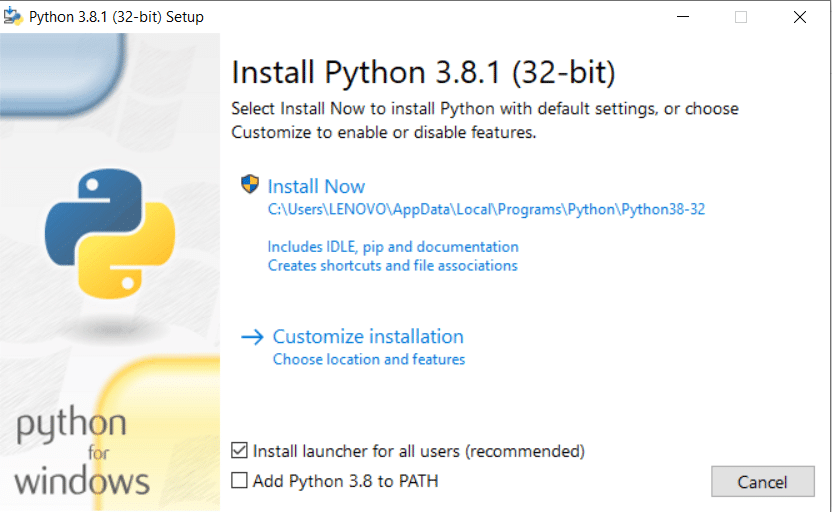
Now install P圜harm using snap with the following command,

Snap comes pre-installed on Ubuntu version 16.04 & above & if it’s not installed on your system, then install it using the following command, So for this method, we will first install snap & then install pycharm using snap. $ sudo add-apt-repository ppa:mystic-mirage/pycharmĪnd we can start P圜harm like we run any other application, either from the menu or from the terminal with the following command,Īnother method to install P圜harm is by using snap, we have already discussed about snap in detail in the following tutorial. So we need to first install the PPA & then we can install P圜harm. There is an unofficial PPA that also maintains P圜harm on their repository. Now we only need to execute the startup script to start the P圜harm on your system. Now, enter into the folder & then to the ‘bin’ directory inside the folder, $ tar -xzf pycharm-community-2019.3.2.tar.gz Once the package has been downloaded, then we need to extract it, To download the package, use the following command,Ĭurrently, 2019.3.2 is the latest version of P圜harm. With this method, we will first download the tar package of P圜harm from the official website & will then install it. We will be discussing both the methods for the installation. There are three ways using which we can install P圜harm on Ubuntu. We will be installing the community edition version of P圜harm. In this tutorial, we will learn to install P圜harm on Ubuntu. While the professional edition is paid & has more features, the community edition is open-source & free to use. There are two editions of P圜harm, Professional & community. It provides many features like code completion, syntax highlighting, error highlighting, code folding, code snippets, code analysis, etc.

P圜harm is a Python IDE & is used widely for python development. In this tutorial, we will discuss one such famous IDE, P圜harm. Recommended Read: Complete guide to install Anaconda on UbuntuĪlso Read: Simple guide to install JUPYTER NOTEBOOK on Linux An IDE normally consists of at least a source code editor, build automation tools and a debugger. If you have worked with Python or for that matter any other programming language, or even working as a system admin then you probably would have heard about Integrated Development Environment or as they are famously called IDEs.


 0 kommentar(er)
0 kommentar(er)
